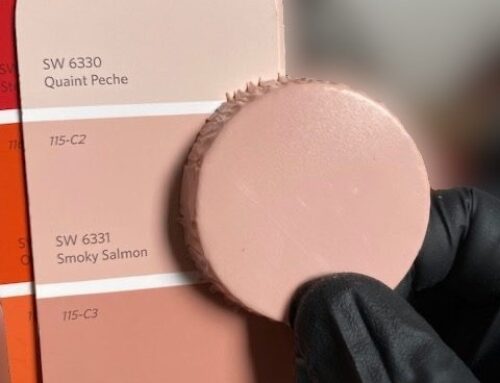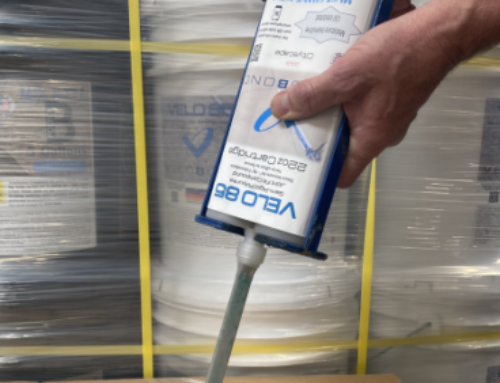Static mixers, tips, nozzles, mixers… there are many names to the disposable device that mixes 2-part products together for a proper cure. We prefer to call them nozzles at VeloBond. Pump nozzles are typically longer with more mixing elements (the number of cross sections inside of nozzles) inside of them, cartridge nozzles are typically shorter to better fit next to a cartridge in a package called a kit. The two sides of our 1:1 products never come together until they flow through a nozzle. Shorter nozzles also have less elements.
How do you know which nozzle to use with what product? Well, not all products on the market can be properly mixed by using any nozzle. It depends on many factors including the number of elements, the diameter, if they are square or round, etcetera. At VeloBond, we test several nozzles with each product to be sure they work properly. There are many styles and one size does not fit all.
When testing short nozzles for our cartridges, the nozzle that works best for our joint filler does not work well with our repair product so we stock 2 different styles. We tested at least 10 different nozzles for each product. One reason is the viscosity of our joint filler is thicker than our repair product. We also use a flow restrictor with our repair product to hold the thin material back so it doesn’t simply leak through the nozzle if you pointed the tool and cartridge downwards. If you did, the material would run out like water but not be forced to mix together as designed and you’d simply have a mess to clean off the floor.
Polyurea pumps that are pushing bulk material require a longer nozzle that will fit on the front end of the handle where the 2 parts come together through a manifold and finally through the nozzle. The longer length also helps when walking upright while filling joints.
Now the interesting information on how many times the elements within nozzles actually mix the two sides together. The math is they mix 2 to the nth power of the elements. The chemicals basically fold over 2 times, then 4 times, then exponentially after that. As you can see in the box for a nozzle with 24 elements, it mixes 16,777,216 times. The two main pump nozzles on the market are both about 14” long with slightly different diameters. One of them has 32 elements and the other has 30 elements. The math for mixing times with a 32 element nozzle is 4,294,967,296 times!



